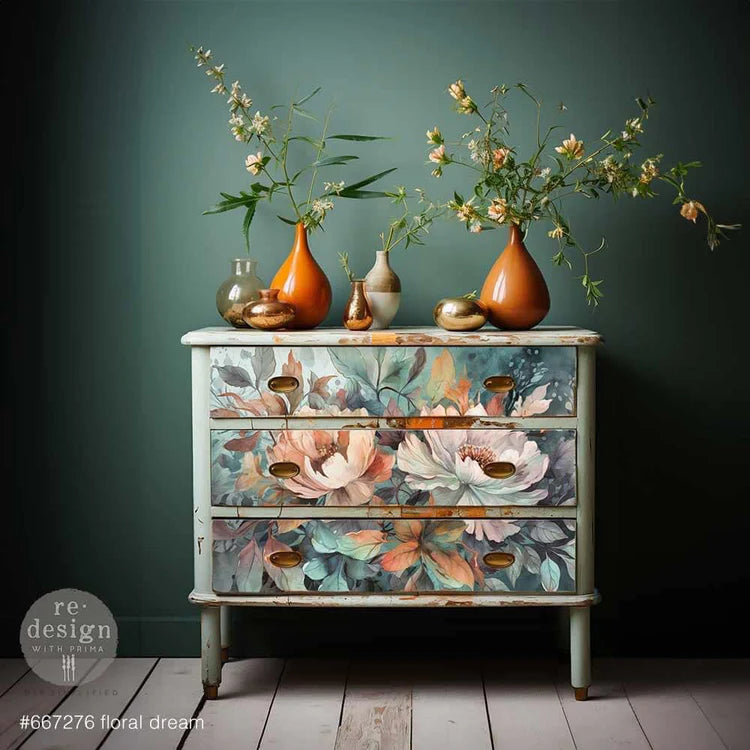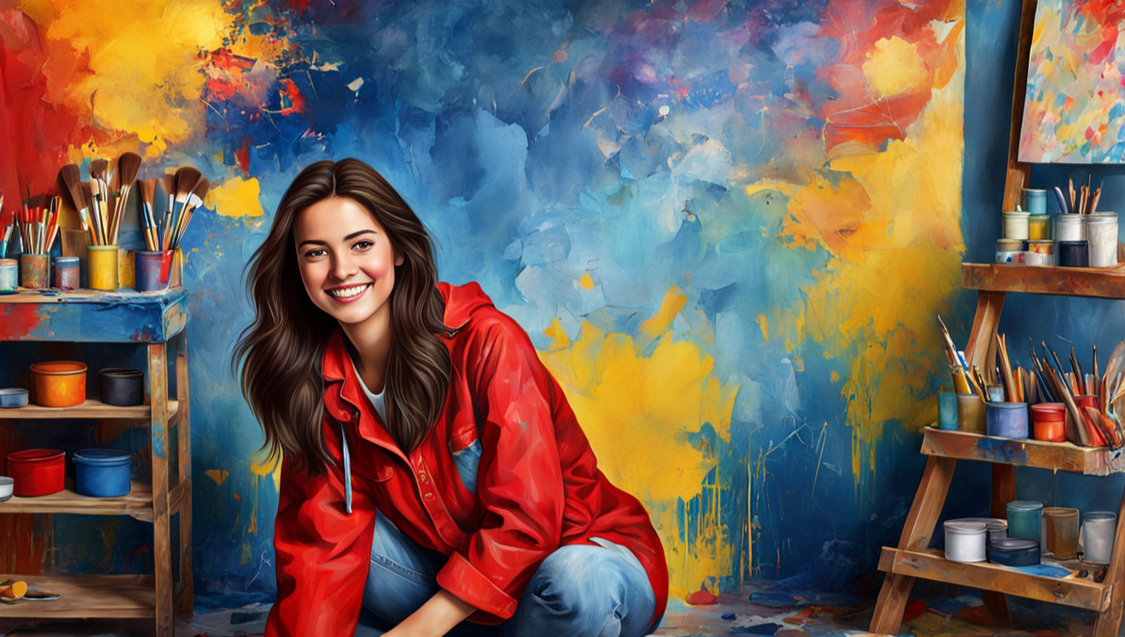With all kinds of stencils, you can easily transfer patterns and lettering to your project. So you don't have to be Picasso. It's a lot of fun and the results will convince you.

Stenciling is among the most popular types of wall, furniture, sign, fabric, interior and interior design. These can be large, but also small projects. Use chalk paints , spray paints, fiber pens, texture pastes, metal pigments and decor waxes .
Clean the stencil immediately after use, but never with water that is too hot. So you can use them multiple times.
What types of templates are there? Elastic, transparent and stable plastic stencils , screen printing stencils or self-adhesive paper stencils.
Large stencils with beautiful patterns are particularly suitable for embellishing floors, floor tiles, tile backsplashes or steps. Stencils are also popular with paper hobbyists. Integrate them into scrapbooking.
Stenciling with chalk paint
Use thick paint so that it cannot run under the stencil. In this way, sharp edges and edges are preserved.
Important tip. Use a stencil brush . It is round and flat-topped with short bristles and a straight stippling surface, or a foam brush (round). It is always dabbed vertically and never painted. In order to absorb as little paint as possible, I dab on a paper plate or something similar beforehand to get rid of the excess paint.
Before you start, you should fix the stencil either with adhesive spray or masking tape. So nothing can slip. For recurring patterns, mark guides with a pencil. Then it is guaranteed to be straight and the distances are right. Draw a small line at the end of the template. This is how you find the right beginning of the pattern when you start.
One last tip for you and then you're good to go. Actually, of course, but please pay attention to it. A cleaned surface is the guarantee for a satisfactory painting result. With white lightning you dust, clean and degrease properly.


